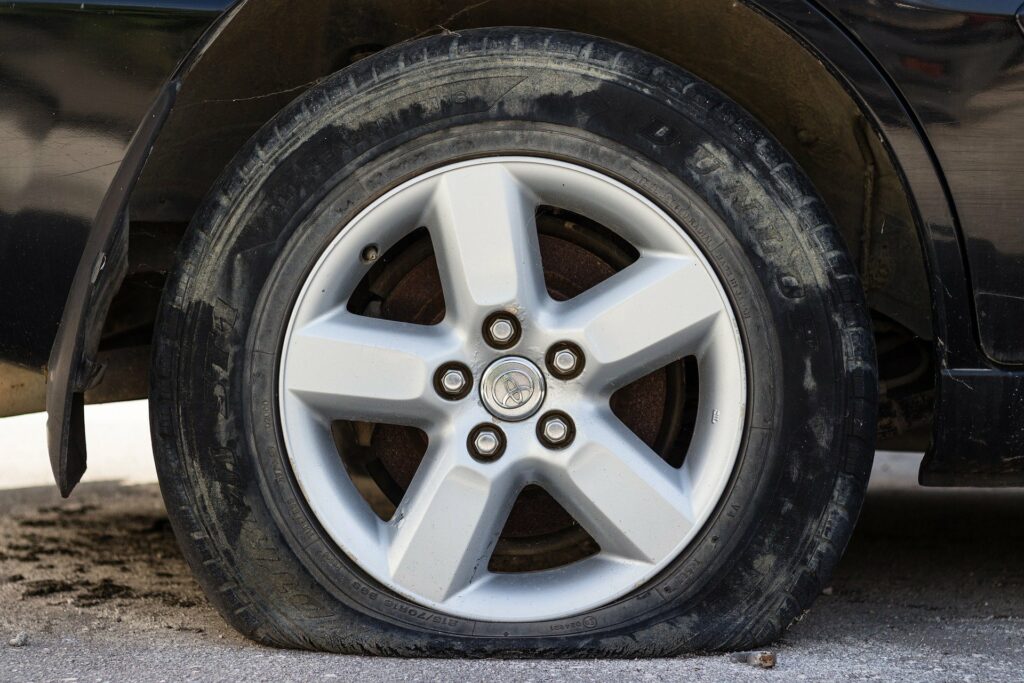
Most of us could instantly recognise if our tyre gains a puncture; the tyre deflates quickly, the pressure is rapidly lost and the quality of driving declines. A slow puncture, however, may not exhibit these problems immediately, but could still be compromising your vehicle significantly. In this article, we’re going to discuss what a slow puncture is, how to spot it and the safest way to fix it.
What is a slow puncture?
A slow puncture is a type of puncture where the tyre loses air at a very slow rate. Though the dangers of a slow puncture aren’t as immediate as a regular tyre puncture, a slow puncture is much harder to detect and will eventually evolve into a serious loss of tyre pressure if it’s not addressed.
What causes a slow puncture?
A slow puncture can be caused by the following:
- A sharp object piercing the tyre, such as rusty nails or sharp rocks.
- Forceful impact on the tyre, which could be caused by going over bumpy roads or potholes at high speeds.
- A faulty tyre valve slowly allowing air to seep out.
How to spot a slow puncture?
There are several indicators to look out for.
- If you are driving and feel your steering wheel vibrating, this may be a result of a slow puncture. When your tyre loses air, it also loses balance. This misbalance will cause your steering wheel to vibrate, especially at high speeds.
- If you are driving on a flat road and notice that your car is pulling to one side without your input.
- A drop in tyre pressure can also cause a number of handling problems. If you notice anything ‘off’ about your driving experience, it could be due to a slow puncture.
- In the case of a faulty tyre valve, you can check if your tyre valve is faulty by rubbing soapy water around the valve and checking whether any bubbles form as air escapes.
The most important thing to do to detect a slow puncture — or any vehicle fault — is to undertake regular inspections of your vehicle. Use your tyre pressure gauge to measure the pressure of your tyres regularly. Tyre pressure reduces gradually in the event of a slow puncture; if you notice that your tyre is losing more than 2lbs of pressure in a month, take it to servicing professionals to have it evaluated.
What to do if you have a slow puncture?
You may be tempted to continue on as normal with a slow puncture, simply topping up the air when you notice an issue. This is not a good idea. Continuing to drive with a punctured tyre could exacerbate the problem. As the puncture worsens, so too will the steering and handling of your vehicle, meaning you will be putting yourself at risk every time you drive.
If you suspect your car has a slow puncture, don’t risk your safety by driving any further. Instead, pull up and call a reliable local servicing centre to investigate the issue and repair the tyres if needed.
Oaks Services is one of the leading providers of first-rate MOTs and car repairs in the South East. We carry out thorough and comprehensive car repair and maintenance services, including tyre replacements and repairs. If you ever need vehicle servicing from a local business you can trust, call Oaks Services — we offer some of the most competitive prices on MOTS, car repairs and servicing across the wider Surrey area, including Weybridge, Woking, Addlestone and Staines.

